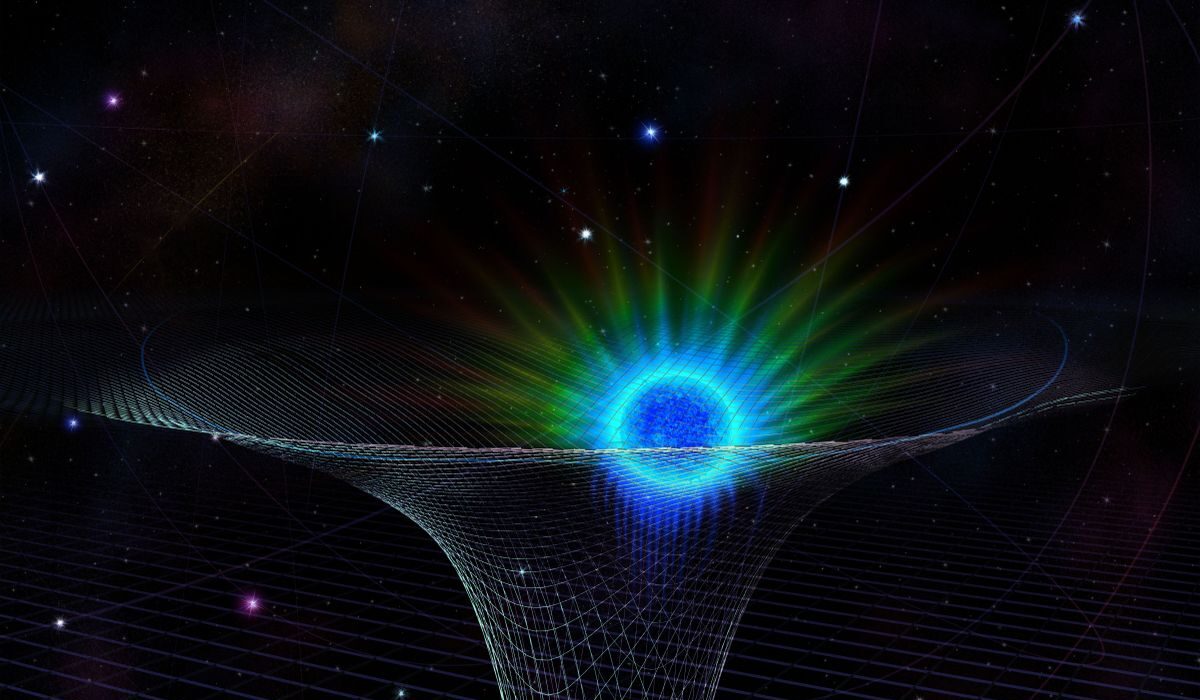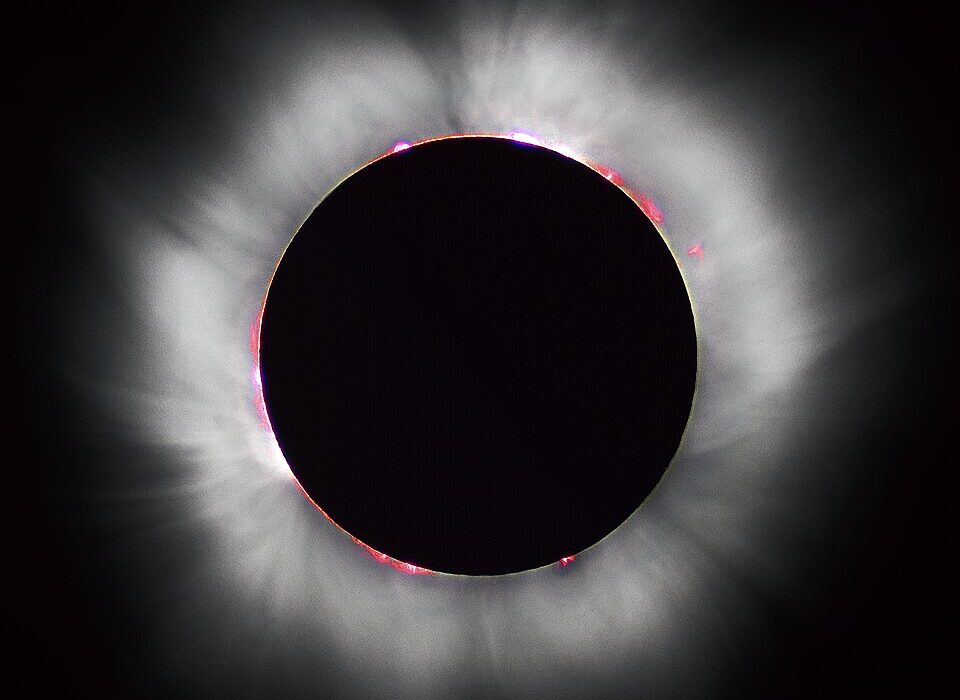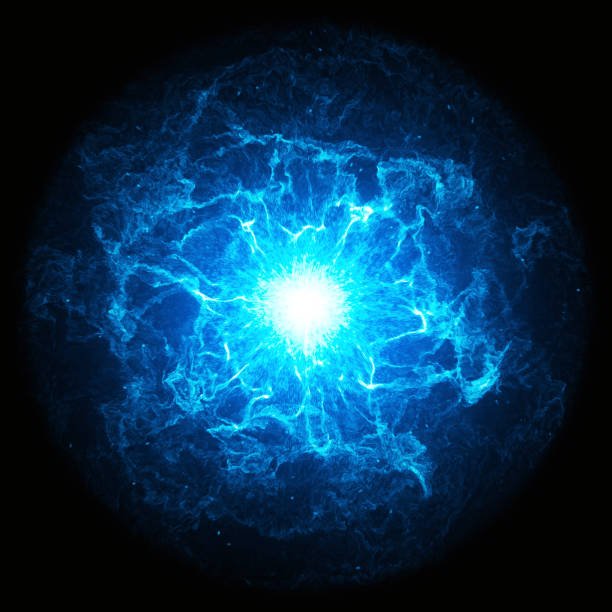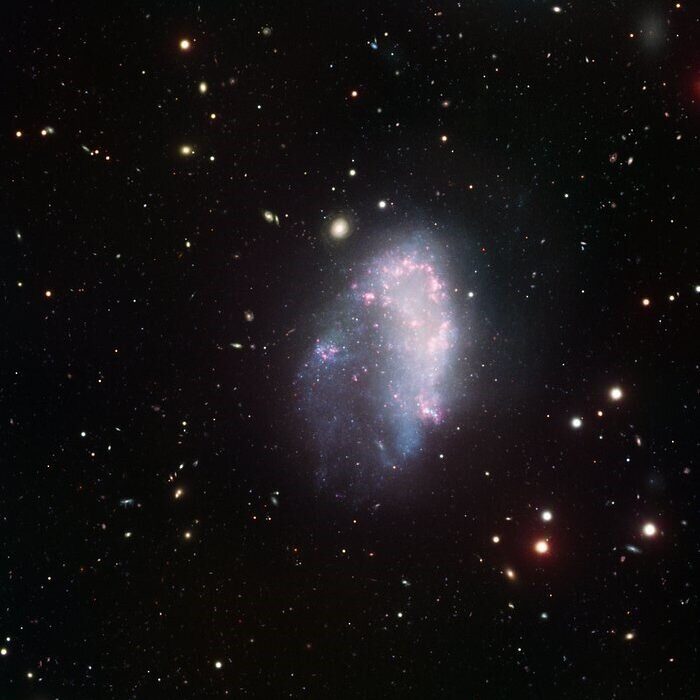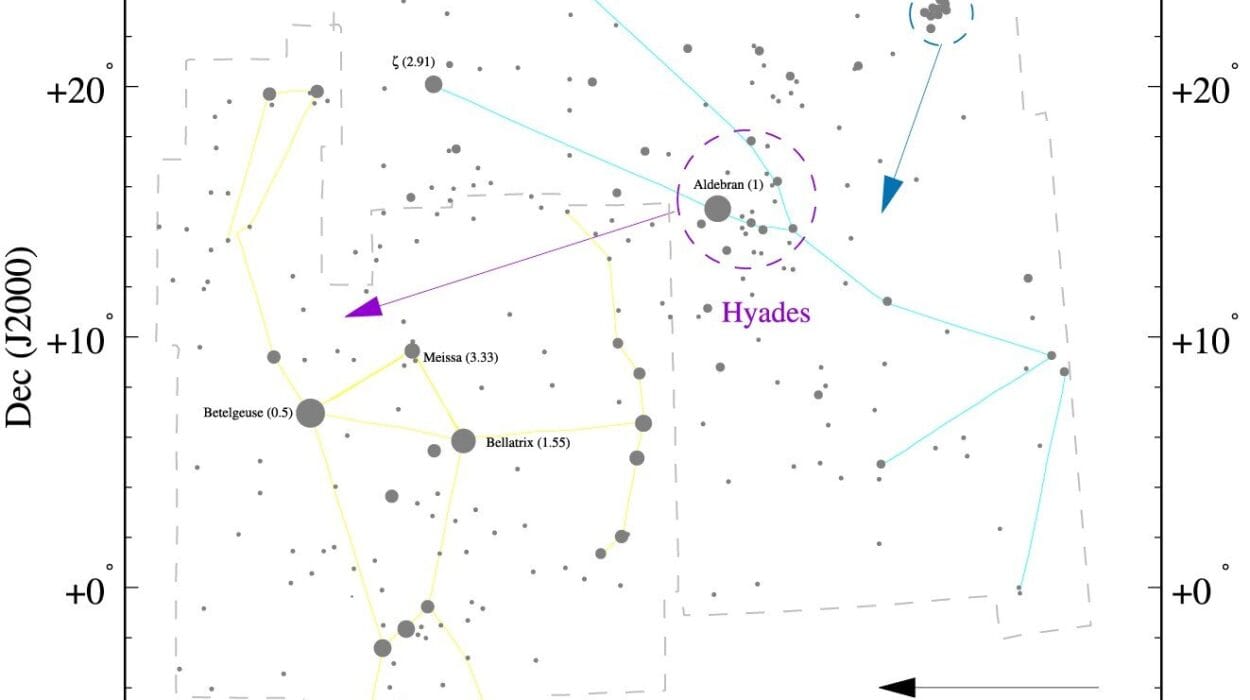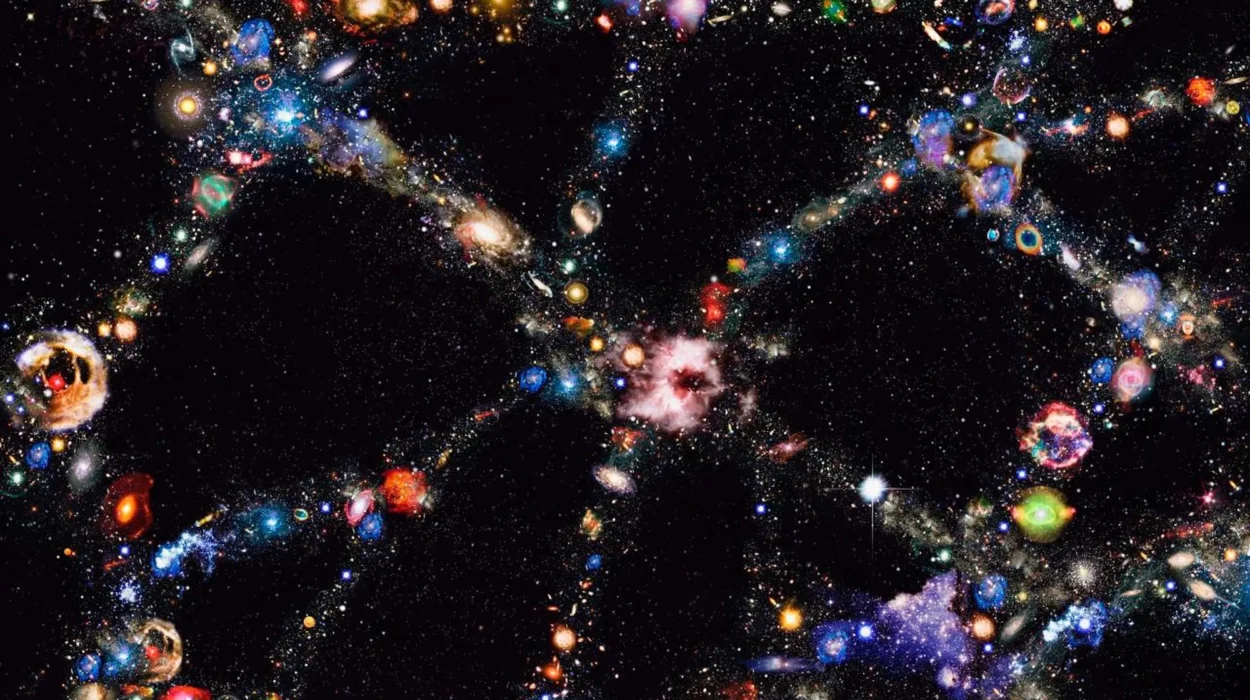The universe is a place that never ceases to astonish us. Just when astronomers think they have a grasp on how galaxies form and black holes grow, new observations rewrite the story. One of the most thrilling recent discoveries made by the James Webb Space Telescope (JWST) is the detection of mysterious compact galaxies known as Little Red Dots (LRDs).
These faint, tiny, yet incredibly powerful objects are not just curiosities. They are windows into the earliest stages of galaxy evolution, revealing secrets about how the first stars, galaxies, and supermassive black holes emerged when the universe was still in its youth. The discovery of LRDs is not just a triumph of cutting-edge technology—it is a profound reminder that the cosmos always has new mysteries waiting for us.
What Exactly Are Little Red Dots?
The term “Little Red Dots” might sound playful, but behind it lies one of the most pressing questions in modern astronomy. These objects appear as tiny red points of light in JWST’s images, but their redness is not just a matter of color—it carries a cosmological meaning.
Because the universe is expanding, light from very distant galaxies is stretched, or redshifted, into longer wavelengths. The galaxies we see as LRDs are so far away that their starlight has traveled for more than 10 billion years, arriving at JWST shifted into the infrared. To our eyes, and even to some of JWST’s instruments, they look like smooth, compact red dots.
But when scientists examined them more closely, especially in ultraviolet light observed by JWST’s shorter-wavelength instruments, some of these dots transformed. They revealed clumps, asymmetries, and disturbed structures, suggesting turbulent lives shaped by collisions, interactions, and bursts of star formation.
A Window into the Early Universe
Why are LRDs so important? Because they give us something astronomers have long been desperate to find: a large and statistically significant population of galaxies with active black holes in the early universe.
For years, the main evidence of massive black holes in the distant past came from rare objects called quasars. These brilliant beacons shine when a supermassive black hole devours gas at a furious rate. But quasars are scarce, and their extreme brightness often drowns out the faint light of their host galaxies, making them difficult to study.
LRDs change this dynamic. They are far more abundant than quasars and less overwhelming in their light output, allowing astronomers to study both the galaxy and its central black hole. This shift is transformative. Instead of relying on a few extreme examples, researchers can now explore black hole growth on a much broader, more representative scale.
Galaxies and Their Hungry Hearts
One of the biggest surprises from the study of LRDs is that many of them seem to host supermassive black holes that are far too massive for their galaxies. According to standard theories of cosmic evolution, galaxies and their central black holes grow together, keeping their sizes roughly in balance. But the LRDs disrupt this neat picture.
In some of these galaxies, the black hole looks like a giant living inside a small house. This imbalance raises one of the central puzzles in astronomy: how did such enormous black holes form so quickly, when the universe was still just a few billion years old?
Pierluigi Rinaldi, the lead author of the recent study, emphasizes this point: the discovery of LRDs is changing the field by providing the first large-scale opportunity to study these cosmic giants in context. By looking at nearly a hundred of them, the team could start to piece together how such unusual systems came to be.
The Role of Cosmic Collisions
A striking finding is that about 30% of LRDs are not smooth or featureless. Instead, they display chaotic, clumpy structures, as though they had recently collided or merged with other galaxies. Such signs of disturbance hint that mergers and interactions may be the trigger for their intense activity, fueling both star formation and black hole growth.
This is a profound clue. If galaxy interactions really are central to the LRD phase, then these dots may represent snapshots of a critical moment in cosmic history, when galaxies collided, gas was funneled inward, and black holes began their voracious growth.
Karina Caputi, one of the study’s co-authors, stresses the importance of this finding: simulations of galaxy evolution have struggled to reproduce LRDs. Including the effects of interactions and mergers may be the missing ingredient needed to bring theory and observation into harmony.
Peering Deeper into the Dots
To uncover these insights, the team of astronomers combined multiple techniques. They used photometry to identify LRDs in JWST’s deep survey fields. They then applied spectral energy distribution fitting to estimate their stellar masses and star formation rates. Morphological analyses of ultraviolet light revealed their structural complexity, while spectroscopic data provided the fingerprints of active black holes—gas moving at thousands of kilometers per second, heated by the immense gravitational pull of a black hole.
All of this was made possible by the JWST Advanced Deep Extragalactic Survey (JADES), the largest deep survey program carried out with JWST. Without the telescope’s unprecedented sensitivity and sharpness, these faint and distant galaxies would have remained hidden in the darkness.
A Mixed and Mysterious Family
One of the most intriguing aspects of LRDs is their diversity. Some clearly host active black holes, while others are dominated by star formation. Some are clumpy and irregular, while others remain compact and unresolved. This suggests that the “LRD phase” may not be a single phenomenon but rather a broad category of galaxies in transition, each caught at different stages of growth and interaction.
Still, a large fraction—about 70%—remain compact and unresolved even with JWST’s vision. This may mean they are truly tiny and dense, or it may simply reflect the limits of current observations. Deeper imaging, and perhaps the magnifying effect of gravitational lensing, will be needed to fully uncover their nature.
Rewriting the Story of Black Holes and Galaxies
The implications of this discovery are far-reaching. For decades, astronomers have tried to understand how galaxies and black holes evolved in lockstep. LRDs suggest that the relationship may be more complex and chaotic than we thought, with black holes sometimes racing ahead of their hosts, fueled by violent mergers.
This not only explains why some black holes in the distant universe appear “too big, too early” but also forces theorists to rethink their simulations. If mergers and interactions play such a central role, then the universe’s earliest billion years may have been far messier, more dynamic, and more dramatic than the orderly models suggested.
The Road Ahead
The story of Little Red Dots is only beginning. The current study examined 99 of them, but there are likely thousands more waiting to be discovered in JWST’s deep fields. Future observations—pushing even deeper into space and time—will refine our understanding. Ultra-deep imaging campaigns, combined with the power of gravitational lensing, could reveal the faintest details of their structure.
Spectroscopy will continue to play a key role, allowing astronomers to distinguish between star-forming LRDs and those powered by active black holes. With each new dataset, the population of LRDs will become clearer, and their role in cosmic history more defined.
A New Chapter in Cosmic Origins
The discovery of Little Red Dots is more than just a technical milestone. It is a turning point in our understanding of the cosmos. These objects offer us a new way of looking at the birth and growth of galaxies and the mysterious black holes that lurk at their centers.
For anyone gazing at JWST’s deep-field images, the LRDs might seem like faint specks, almost easy to overlook. But in those tiny red points lies the story of how galaxies grew, collided, and lit up the early universe. They remind us that even the smallest details in the night sky can carry the weight of cosmic history.
The James Webb Space Telescope has opened a new window into this hidden chapter, showing us that the early universe was not quiet or simple, but alive with fire, collisions, and growth. In every Little Red Dot, there is a tale of creation and transformation—a reminder that the universe, in all its vastness, is a place of constant change and enduring wonder.
More information: P. Rinaldi et al, Not Just a Dot: the complex UV morphology and underlying properties of Little Red Dots, arXiv (2024). DOI: 10.48550/arxiv.2411.14383

